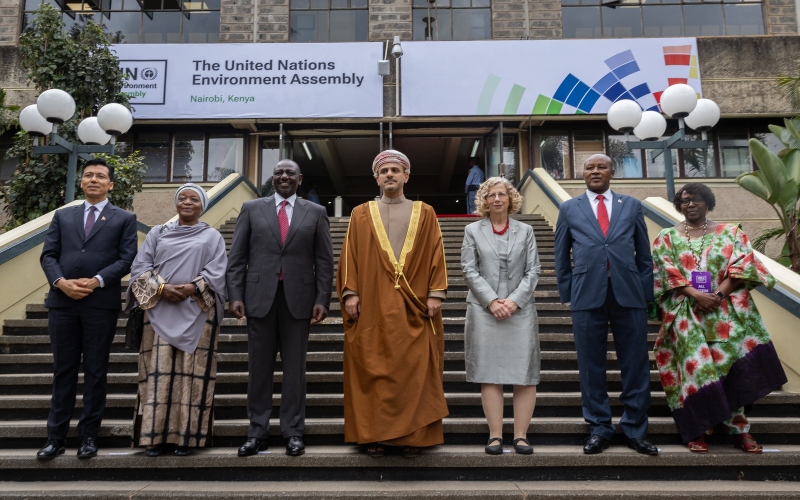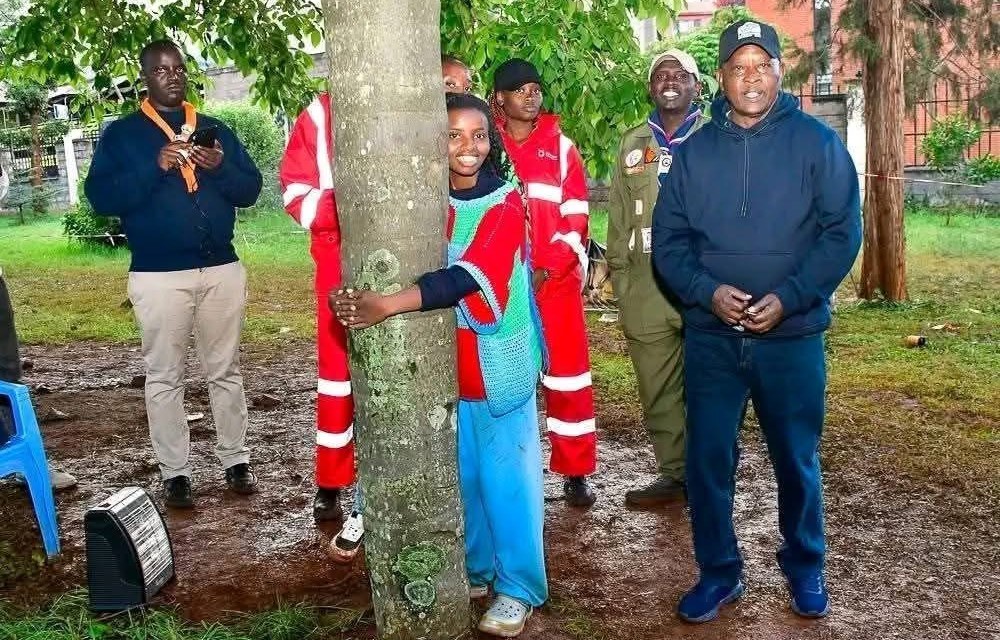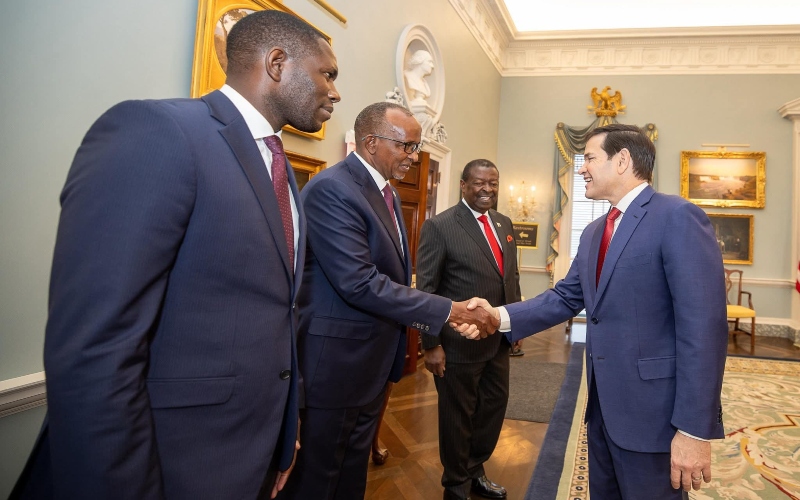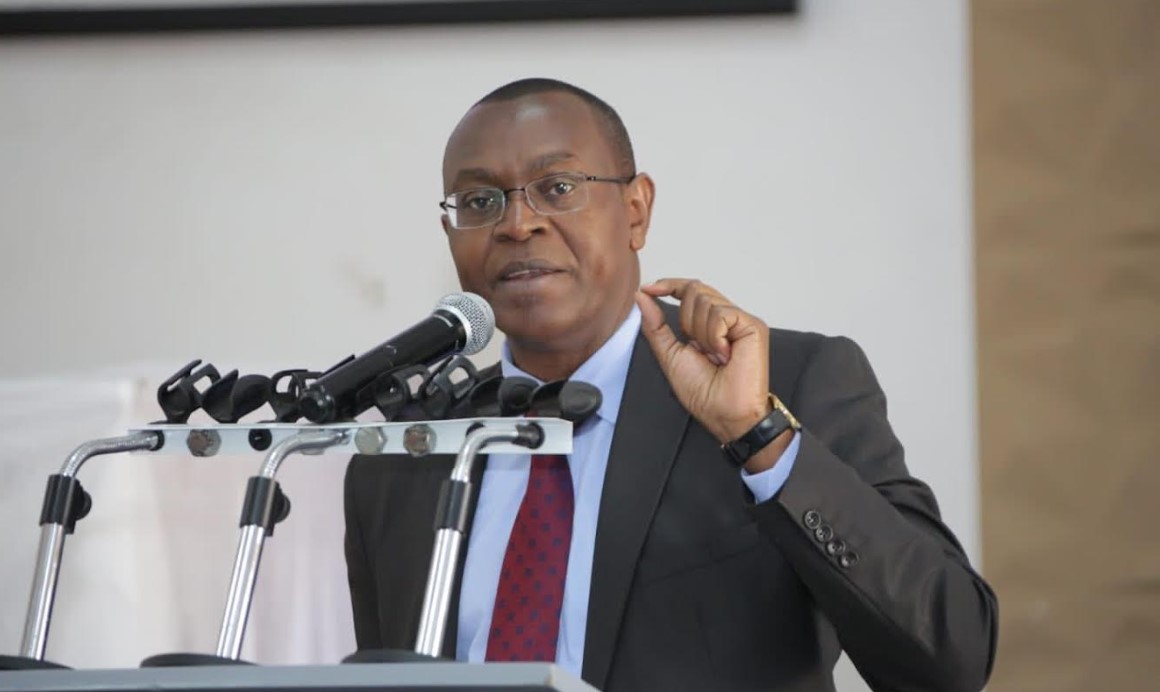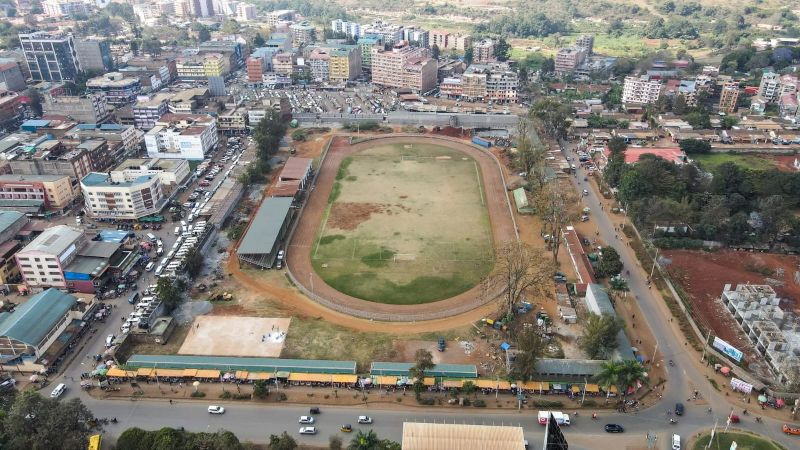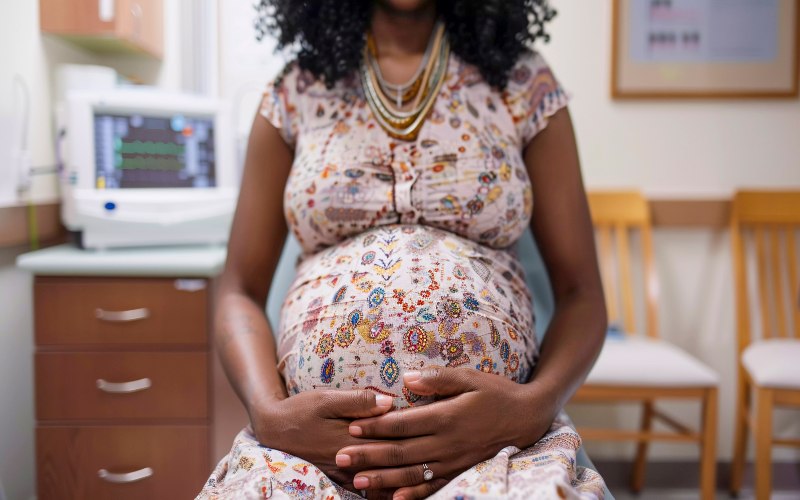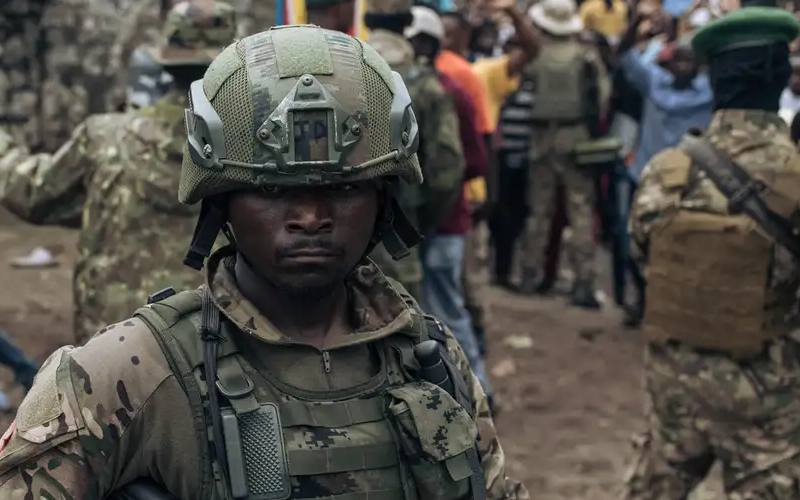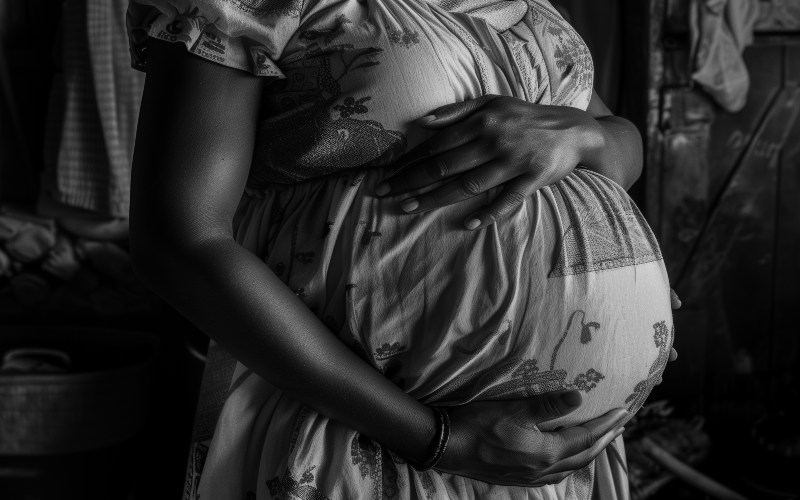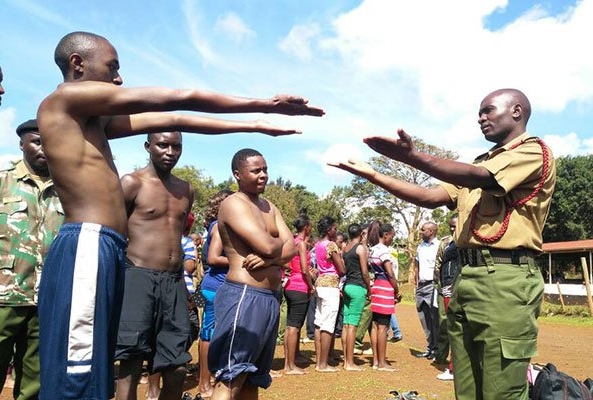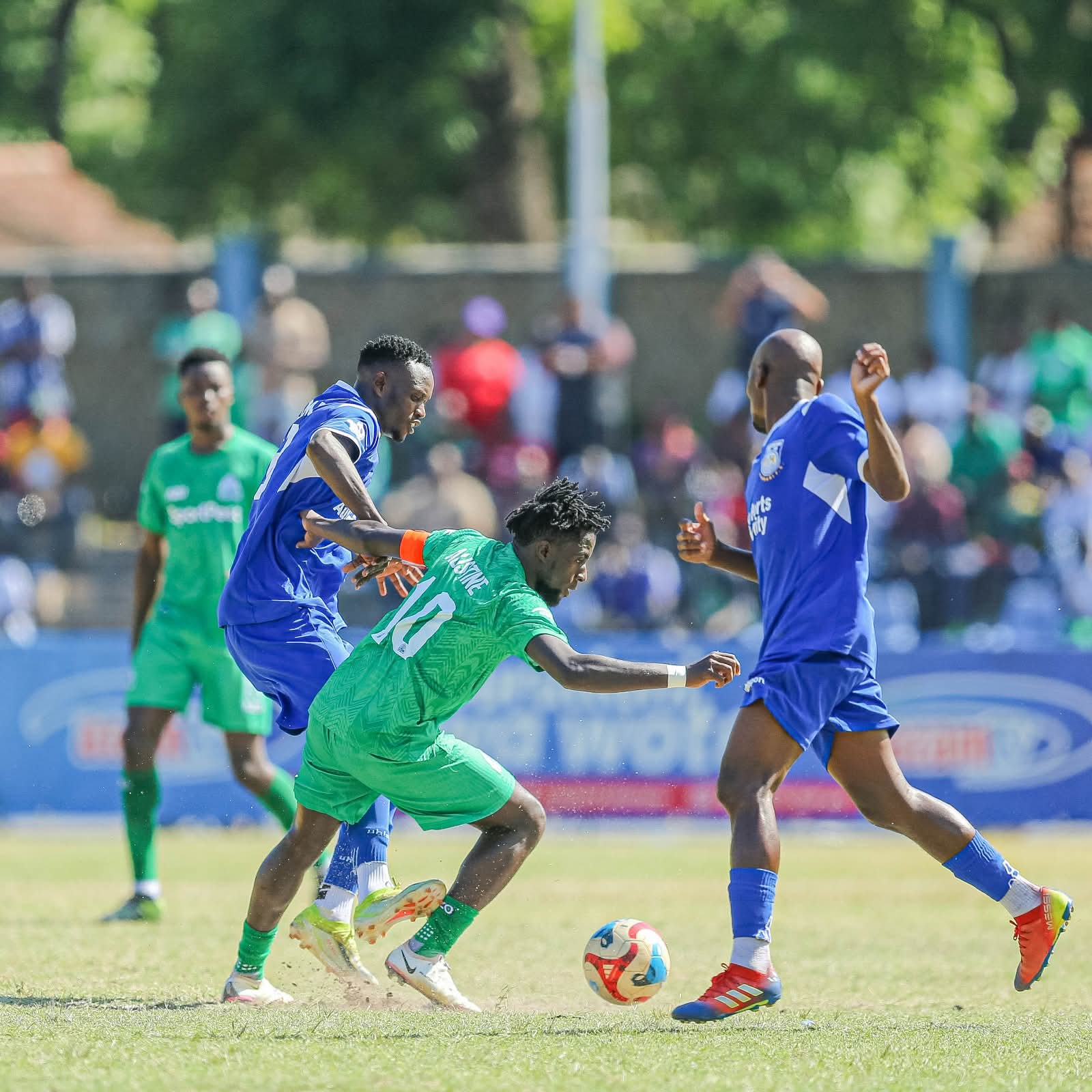Youth reproductive health gains at risk from cultural, financial strains, lobby warns
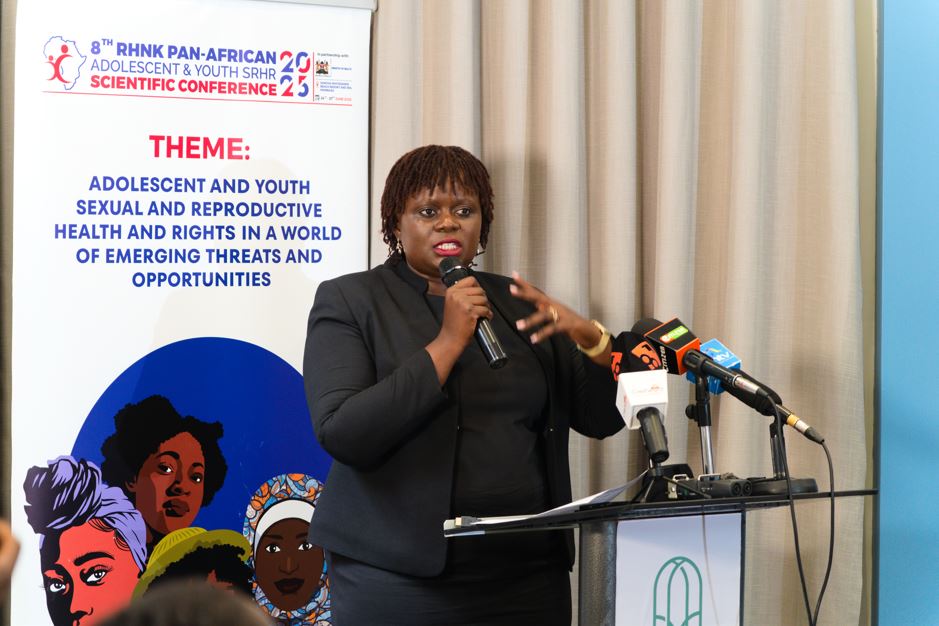
The group says youth-specific service delivery remains underdeveloped, with few facilities offering tailored environments for adolescents.
Kenya risks missing long-term development goals without urgent action on youth sexual and reproductive health challenges.
This is according to the health advocacy organisation, Reproductive Health Network Kenya (RHNK), which has voiced concern over systemic challenges, particularly cultural barriers and funding squeeze.
More To Read
- Gen Z redefines freedom as Kenya marks 62 years of independence
- Study suggests adolescence may last until age 32
- Reprieve for women struggling with infertility as committee backs reproductive technology Bill
- Health lobby urges media to promote positive reporting on reproductive health
- South Korean researchers to study Kenyan youth challenges amid protests
- Budget shortfall threatens Ruto’s Sh29.7 billion youth empowerment programme
Speaking on Thursday in Nairobi, ahead of the upcoming 8th regional youth reproductive health conference, RHNK Executive Director Nelly Munyasia underscored the enduring impact of sociocultural norms.
She describes the constraint as the most painful barrier to meaningful youth access to reproductive healthcare services in the country today.
“When we think about Kenya and Africa, the number one big problem is our sociocultural context, where adolescents and youth are viewed as minors, and access to information, access to services continue to be an issue where consent needs to be provided,” Munyasia said.
The challenge, she notes, is especially acute for adolescents who, while seeking the services, are unaccompanied by adult guardians, a common scenario in single-parent households or grandparent-headed homes.
Additionally, she believes that the dynamic has tangible implications, as the adolescents in such environments are often unable to seek medical care.
This is despite them being at high risk of unintended pregnancies and sexually transmitted infections.
“We have children who are living by themselves, children who are living with their grandmothers, who are very old or even bedridden. A lot of times, they are alone.”
For the broader part of the cultural barriers, Munyasia adds that religious and traditional norms are also playing a significant role in restricting access to sexual and reproductive health (SRH) services.
She says the organisation has observed that key elements of SRHR, such as contraceptive education and sexuality information, are still widely considered taboo across various communities in the country.
“Some of the issues around sexuality are considered inappropriate for children. But the reality is that they are in need of these services.”
Operational and infrastructure challenges further exacerbate access issues, according to RHNK.
The group says youth-specific service delivery remains underdeveloped, with few facilities offering tailored environments for adolescents.
It reveals that many young people avoid public health centres due to crowding, lack of privacy, and perceived judgment from healthcare providers.
“They want to come to facilities when there are no crowds; if they feel judged, they will not return,” Munyasia noted.
“These deterrents have created a service gap with long-term consequences.”
Equally critical is the shortage of trained, youth-sensitive healthcare professionals.
Munyasia says many providers lack the necessary orientation in non-judgmental care delivery, an issue that can directly influence whether adolescents seek help at all.
She emphasises the importance of clarifying provider values and investing in continuous training to ensure the delivery of respectful and confidential services.
Funding constraints
However, these interventions require substantial financial investment, resources, she says, have become increasingly scarce.
“The fact that we have limited funding that goes to adolescent and youth programming means we are not able to set up youth-friendly facilities, we are not able to provide training to healthcare providers, we are not able to even get the commodities that adolescents and youth need,” Munyasia said.
The financial squeeze has become more pronounced following reductions in international donor support, she added in part.
She adds that these shortcomings carry wider economic consequences.
Early pregnancies among adolescents, driven in part by lack of contraceptive access, reportedly contribute to rising school dropout rates, exacerbating poverty cycles and weakening the future labour force.
The cumulative impact is often significant: a less educated workforce, increased public sector dependency, and diminished contributions to national productivity.
Moreover, teen mothers in need of shelter, childcare, and other support services place additional pressure on already-strained government budgets.
In light of recent cuts to USAID funding for SRHR programs in Kenya, RHNK is calling for stronger domestic financing mechanisms to sustain progress.
“I believe the government has the capacity to get funding locally for supporting some of the programs that USAID was supporting,” Munyasia said.
“With proper planning and restructuring, we can push for domestic financing. It might not match international levels, but with prioritisation, we can mitigate the loss.”
These were in light of the preparations for the upcoming 8th Pan-African Adolescent and Youth Sexual and Reproductive Health and Rights (AYSRHR) Scientific Conference scheduled for June 24th –27th, 2025, in Mombasa.
Top Stories Today


